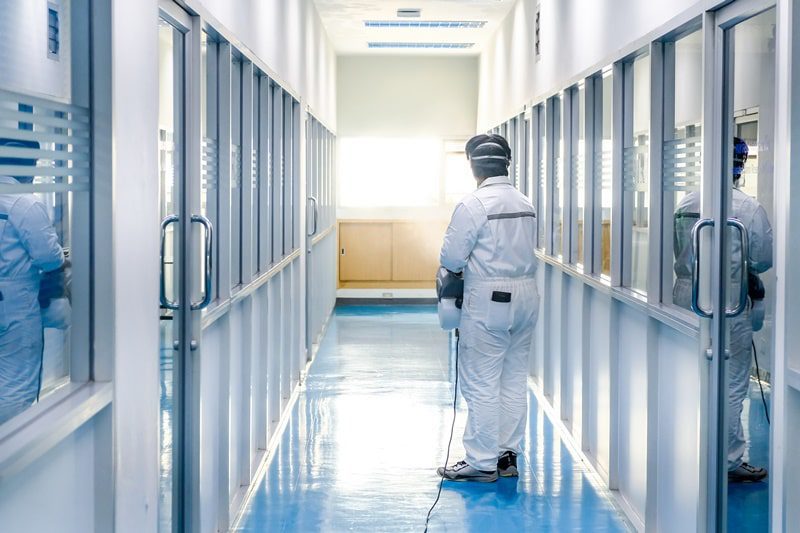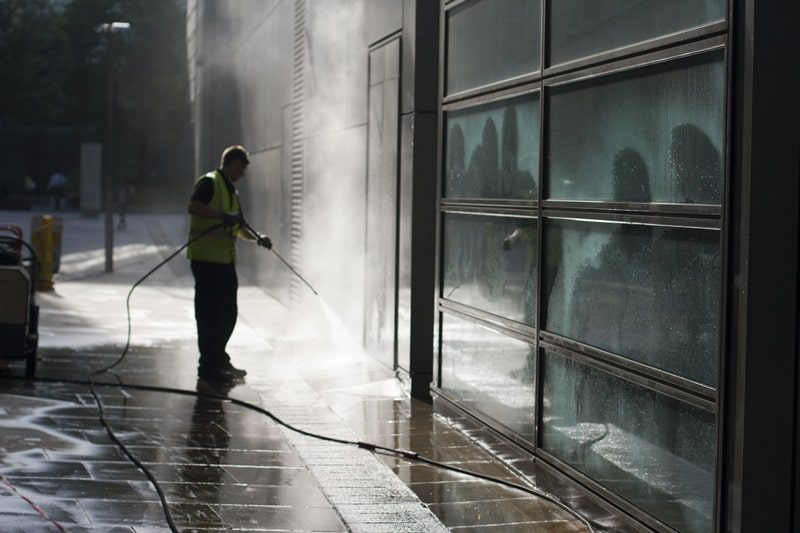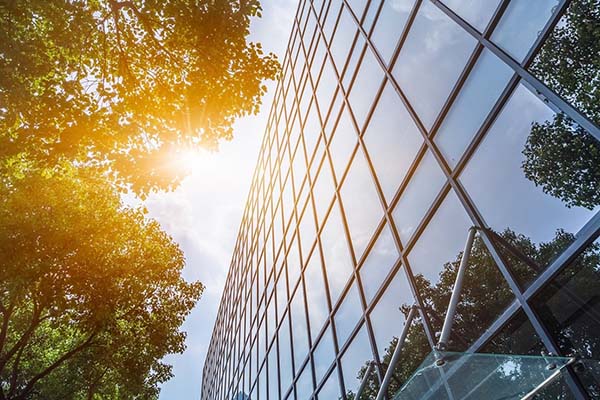There is no crystal ball to know the full ramifications of the coronavirus on the economy. Still, nobody should doubt the imprint the virus will have on our collective culture for many years to come. In much the same way that 9/11 changed the way we think about travel and security, COVID-19 will alter our perceptions of health and proximity to our fellow citizens. This cultural development has implications for a variety of business sectors but perhaps none more than for commercial and institutional real estate.
As quarantines are lifted, and building occupants and visitors are once again allowed to assemble and return to their offices, schools, retail establishments, hotels, and other gathering places, the question is: “What reassurances will they need to return?”. If we’ve now been programmed to fear the unknown microbes of our co-workers and fellow students, shoppers, and travelers, how can building owners and managers create inviting environments that make tenants feel safe? Those buildings which can make and demonstrate those adjustments may determine the winners and losers in the post COVID-19 world in which much of the workforce may opt to remain at home and shopping shifts even more online.

As the national press quickly captures and highlights the anxiety around built environments (note: Allen, Joseph. “Your Building Can Make You Sick Or Keep You Well.” New York Times, March 4, 2020), the good news is that there are organizations that are (and have been) working to identify standards for safer and healthier buildings that will generate greater peace of mind for tenants. WELL, Fitwel, and RESET are all building certifications that include health and wellness aspects. LEED Indoor Air Quality Assessments (IAQ) promoted by the USGBC are also an option. Even ASHRAE, BOMA, and other building and maintenance focused organizations are offering their input on developing safer environments.
To support this effort further, Veregy (a leader in facility energy engineering, commissioning, and controls, with a long history in achieving building LEED-certification for its customers) also assists building owners and managers to develop WELL, Fitwell, RESET, or LEED IAQ certifications with a specific focus on establishing healthier building environments. While some of these certifications may include other “quality of life” aspects as well such as green spaces and on-site fitness centers, Veregy will leverage its deep engineering and controls background and focus its certification activities around those components that medical experts agree will yield the greatest health benefits to tenants, such as:
- Increasing air ventilation
- Maintaining optimal humidity
- Filtering indoor air (to MERV-13 or better)
- Adding ultraviolet germicidal irradiation
Ultimately, the goal of certification (regardless of the certification standard chosen) should be not only to create a healthier building environment for tenants but also to demonstrate in very clear terms to office workers, students, shoppers, travelers, and other visitors that your building is safer than those that have not undergone the same level of scrutiny and (where needed) upgrades. While there is no magic shield to protect all building inhabitants from infectious diseases, prudent building owners and managers should be doing everything they can to bring comfort to tenants in a post COVID-19 world.
To learn more about what you can do to improve your building health and demonstrate your healthier environment to tenants, contact Veregy.


